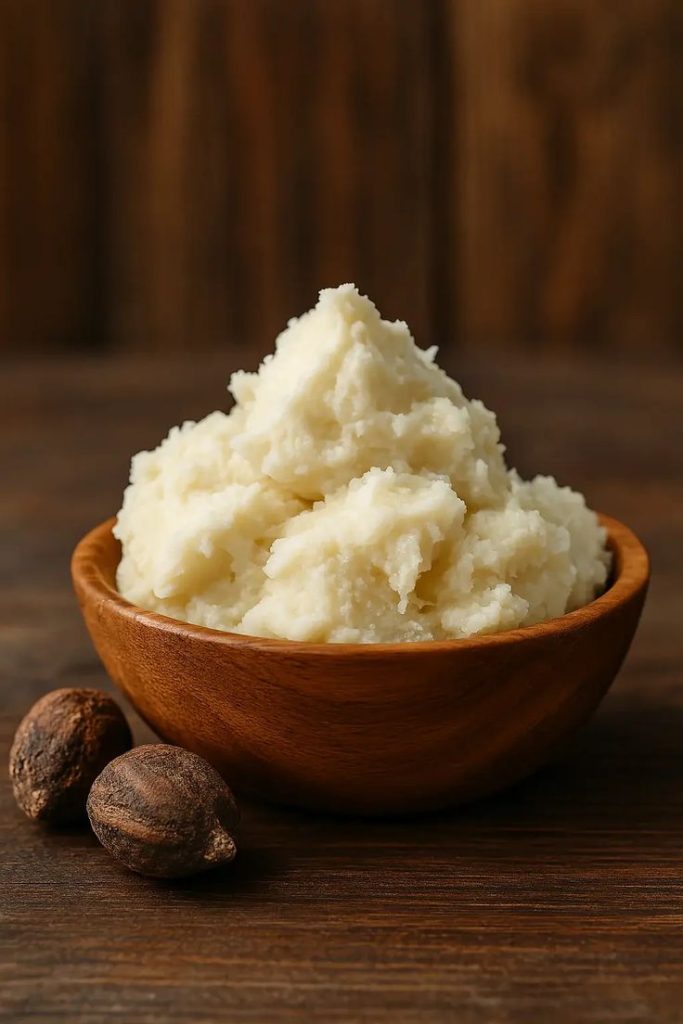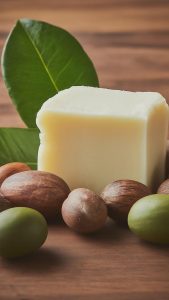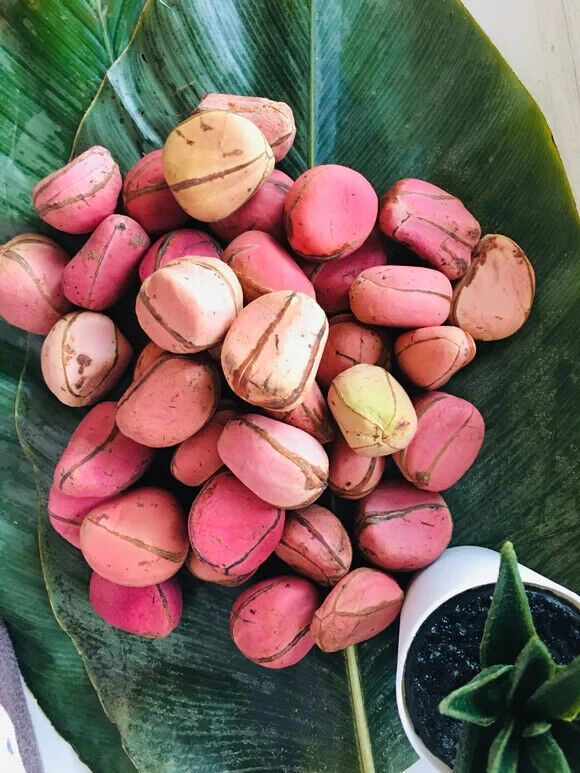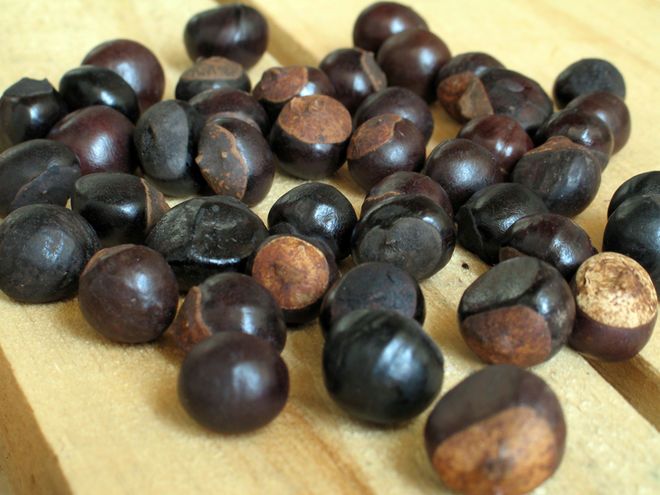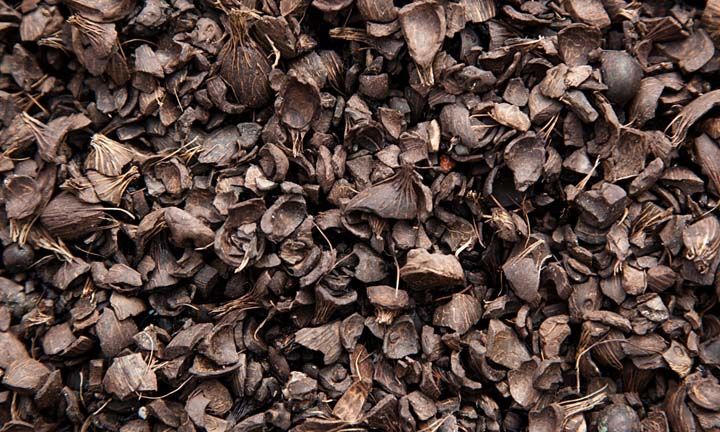What It Is
Shea butter is a natural fat extracted from the nuts of the Shea tree (Vitellaria paradoxa), which is indigenous to Africa, especially in the savanna belt that stretches across West and Central Africa. Known as “women’s gold”, shea butter has been used for centuries in Africa for food preparation, skincare, medicinal purposes, and cultural practices. It is rich in vitamins A, E, and F, and contains a high proportion of fatty acids such as stearic and oleic acid, which make it a superior moisturizer and healing agent.
Shea butter is available in two main forms for international trade:
-
Raw (Unrefined) Shea Butter – extracted traditionally without heavy processing, retaining its natural yellowish or ivory color, nutty aroma, and maximum nutrients.
-
Refined Shea Butter – industrially processed to remove impurities, odor, and color, producing a white or pale-yellow butter suitable for cosmetics, pharmaceuticals, and food industries where consistency and neutrality are required.
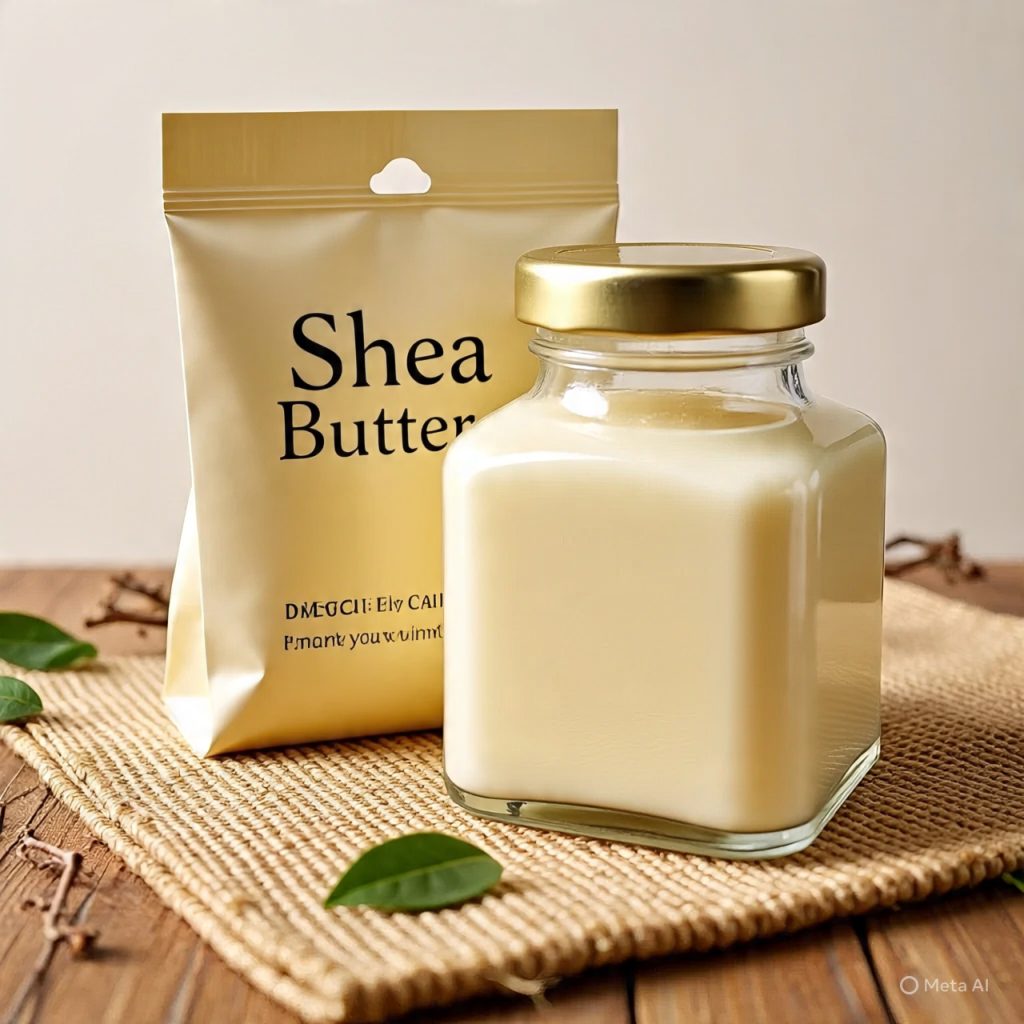
Global Demand and Market Value
Shea butter has grown into a multi-billion-dollar industry due to its increasing demand in the cosmetics, food, and pharmaceutical industries. It is used by major global beauty brands as a base ingredient in creams, lotions, lip balms, soaps, and hair products. In the food industry, especially in Europe and North America, refined shea butter is used as a substitute for cocoa butter in chocolate and confectionery production.
-
Cosmetics & Personal Care Industry accounts for over 80% of global demand.
-
Food Industry uses shea butter as a healthier fat alternative and as a cocoa butter equivalent (CBE).
-
Pharmaceutical Industry leverages its medicinal properties for ointments, wound healing, and anti-inflammatory products.
The UK, EU, and US markets remain the biggest importers of shea butter, with growing demand in Asia due to the expansion of natural and organic product industries.
Uses of Shea Butter
-
Cosmetic and Skincare
-
Moisturizers, lotions, and body butters
-
Lip balms and lip glosses
-
Hair conditioners and hair oils
-
Soaps and shampoos
-
Anti-aging and anti-inflammatory creams
-
Stretch mark and scar treatment
-
-
Pharmaceutical
-
Used in topical ointments for burns, cuts, and rashes
-
Base for medicated creams and balms
-
Anti-inflammatory and pain relief formulations
-
-
Food Industry
-
As a cocoa butter substitute in chocolate and candy production
-
Cooking oil in some cultures
-
Margarine and bakery fat ingredient
-
-
Industrial
-
Used in candle making, lubricants, and eco-friendly bio-products
-
Export Forms
Shea butter can be exported in different forms depending on the target industry and buyer requirements:
-
Raw (Unrefined) Shea Butter – Natural, traditionally extracted, retains all nutrients.
-
Refined Shea Butter – Processed, deodorized, and bleached for uniform use.
-
Shea Stearin – A fraction used mainly in the chocolate industry as cocoa butter equivalent.
-
Shea Olein – The liquid fraction used in cooking oils and cosmetics.
Specifications for Export
Raw (Unrefined) Shea Butter
-
Color: Yellowish, ivory, or off-white depending on processing
-
Odor: Nutty, smoky (due to traditional extraction)
-
Free Fatty Acid (FFA): Max 6%
-
Moisture Content: Max 0.2%
-
Insoluble Impurities: Max 0.1%
-
Peroxide Value: Max 10 meq/kg
-
Shelf Life: 12 – 24 months (if stored properly in cool, dry place)
Refined Shea Butter
-
Color: White or pale cream
-
Odor: Odorless or neutral
-
FFA: Max 1%
-
Moisture Content: Max 0.05%
-
Impurities: Negligible
-
Shelf Life: Up to 24 months
Packaging Options
-
25kg cartons or kegs (lined with food-grade polythene)
-
50kg cartons/drums
-
180kg steel drums
-
Bulk shipments in flexi tanks for industrial buyers
All packaging should meet international export standards with proper labeling including product name, grade, net weight, country of origin, and batch/lot number.
UK Market Demand
The UK is one of the largest importers of African shea butter, mainly for its cosmetics and confectionery industries. Demand for natural, organic, and sustainable products is driving growth, with buyers preferring suppliers who can provide certified organic shea butter and ensure traceability of supply. Shea butter is also registered under Fairtrade and organic certifications, making it highly valuable to UK importers.
Export HS Codes
-
HS Code 1515.90.20.00 – Shea oil and shea butter
-
HS Code 3304.99.00.00 – Shea butter used in cosmetic products
-
HS Code 1804.00.00.00 – Cocoa butter substitutes (including shea stearin in chocolates)
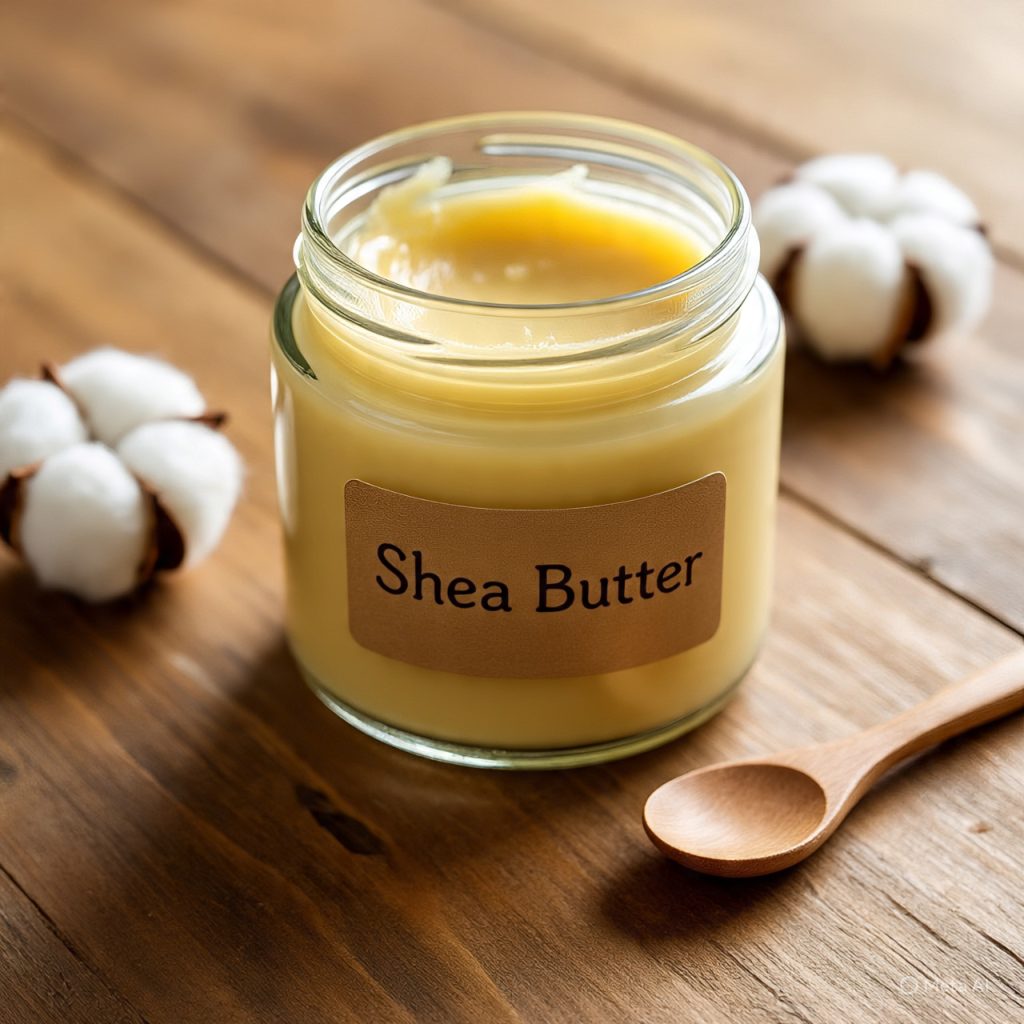
Export Opportunities and Challenges
Opportunities
-
Growing global demand for organic shea butter.
-
Partnerships with cosmetic giants and food companies.
-
Value addition (refining, branding, packaging) increases revenue.
-
Fairtrade and organic certification attract premium pricing.
Challenges
-
Inconsistent supply due to poor harvesting and processing practices.
-
Quality control issues (contamination, high moisture content).
-
Lack of modern processing facilities in producing regions.
-
Price fluctuations based on global cocoa butter prices.
Conclusion
Shea butter remains one of Africa’s most valuable exports due to its wide applications, health benefits, and global demand. Exporters targeting the UK and European markets must prioritize quality assurance, organic certification, sustainable sourcing, and proper packaging to remain competitive. With the right market entry strategies, shea butter export offers high profitability and sustainable growth potential for businesses.

